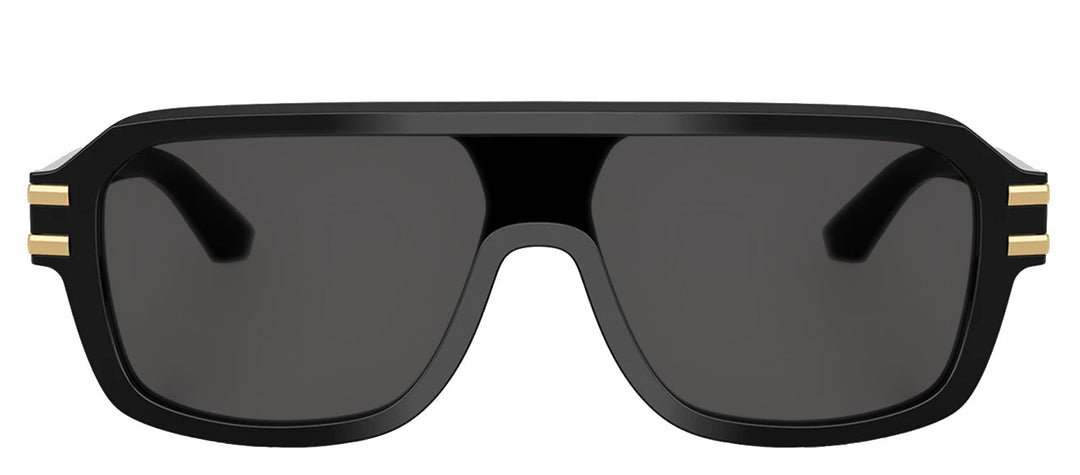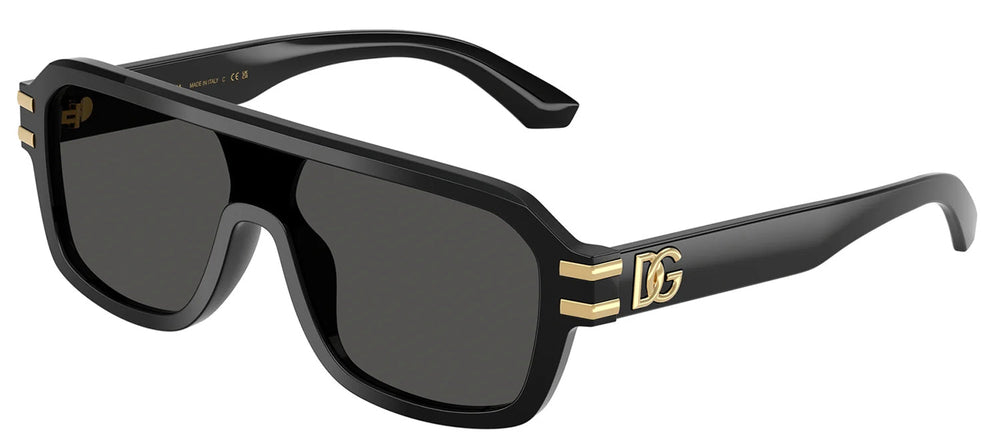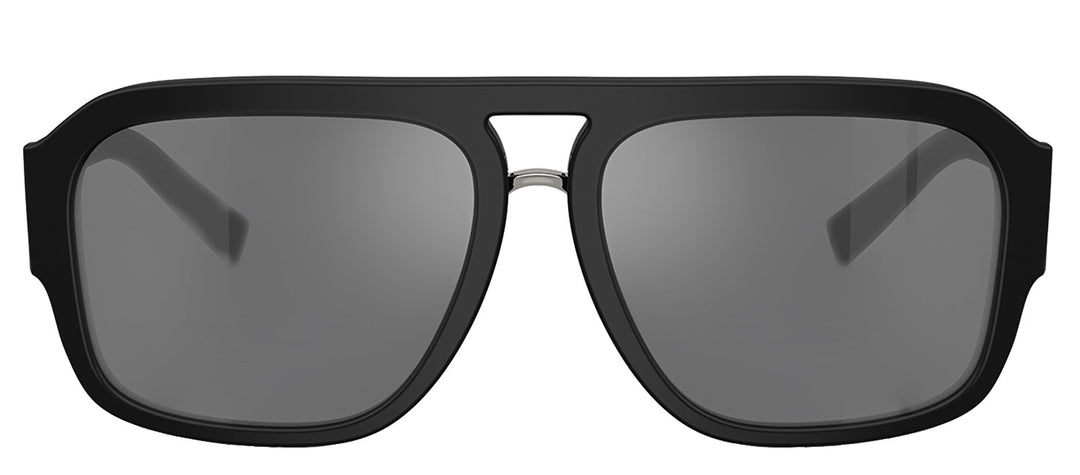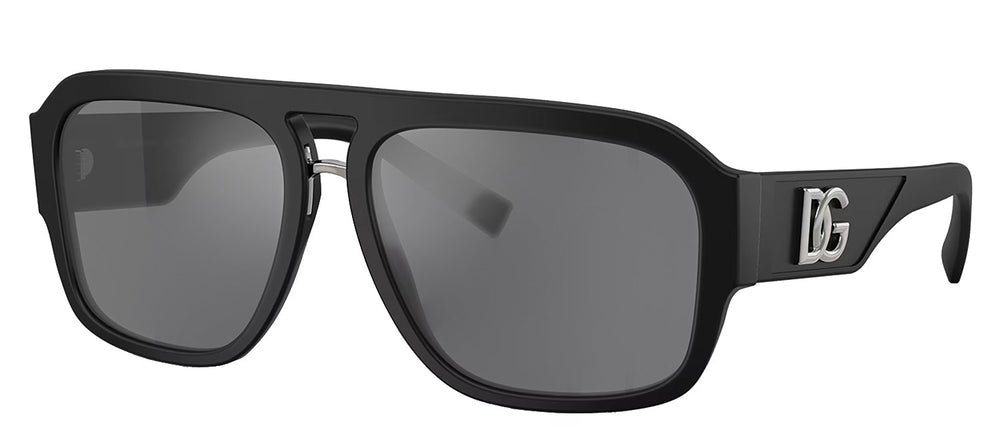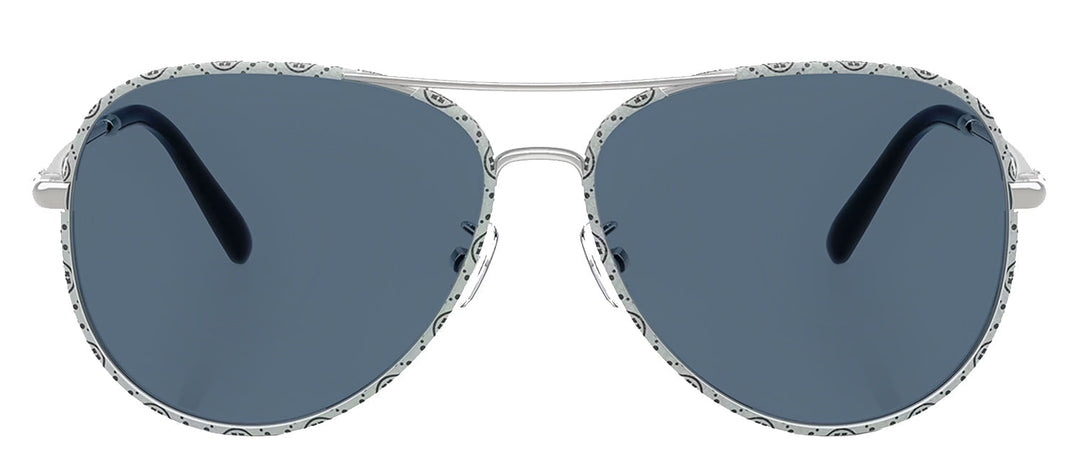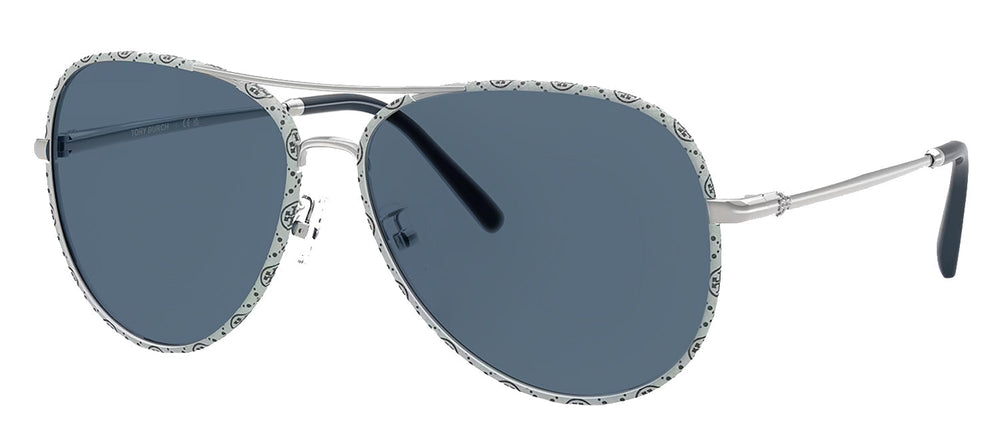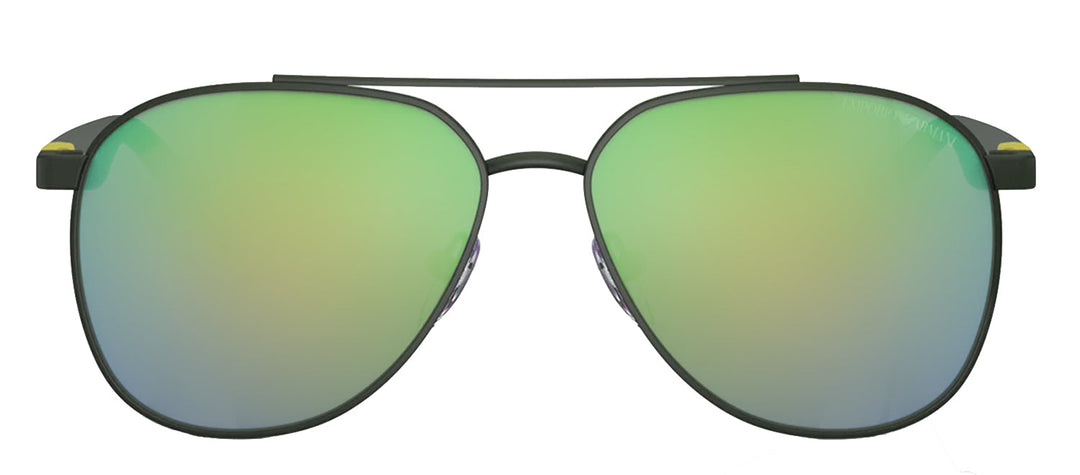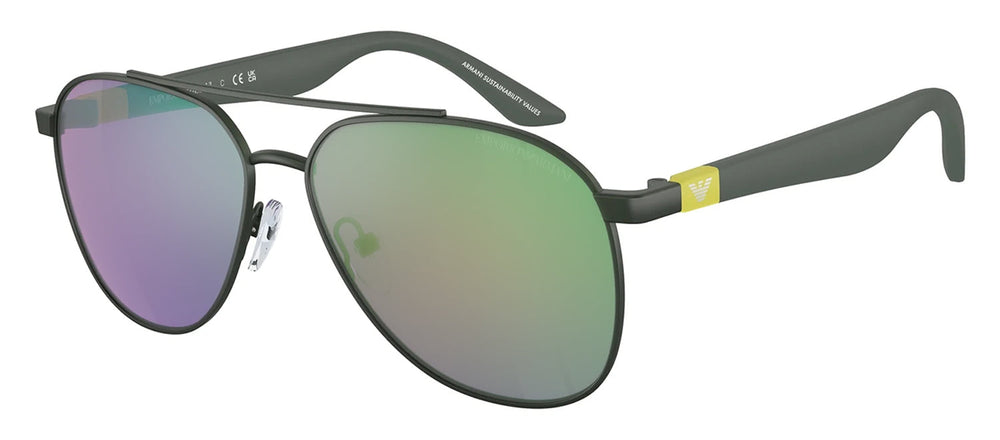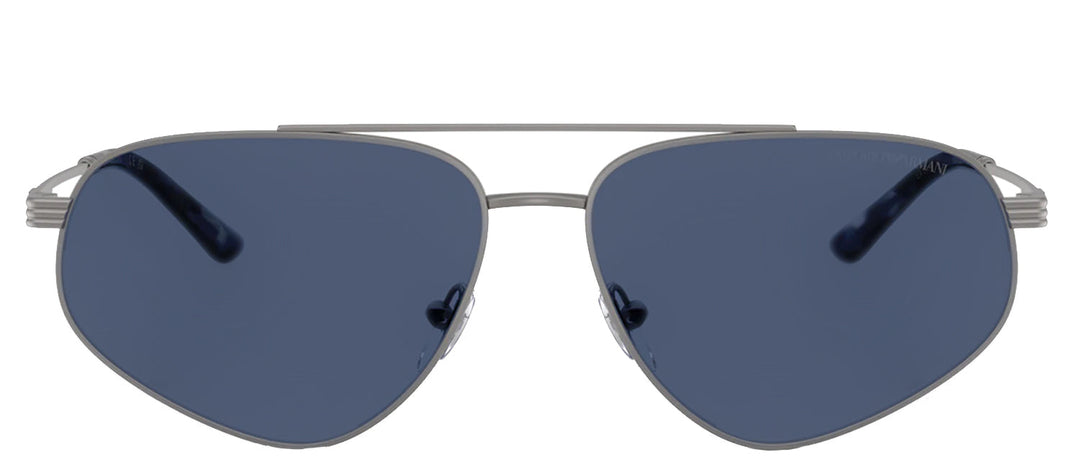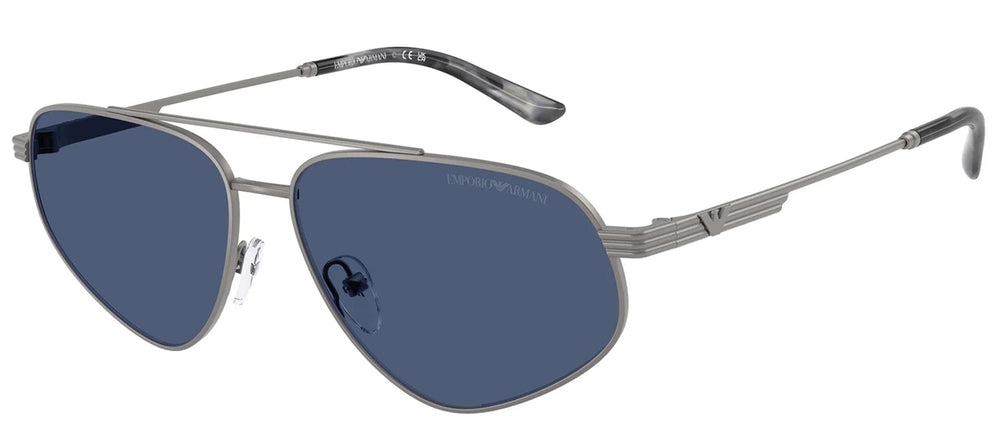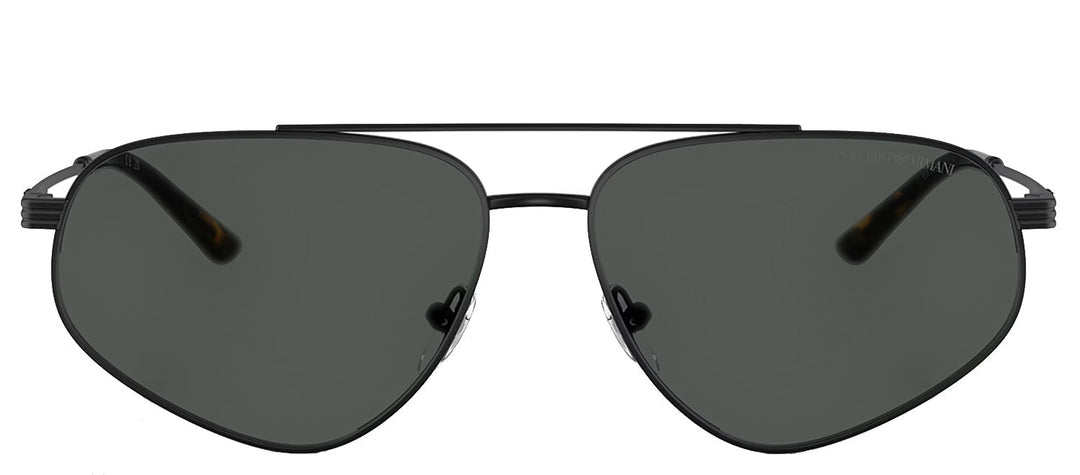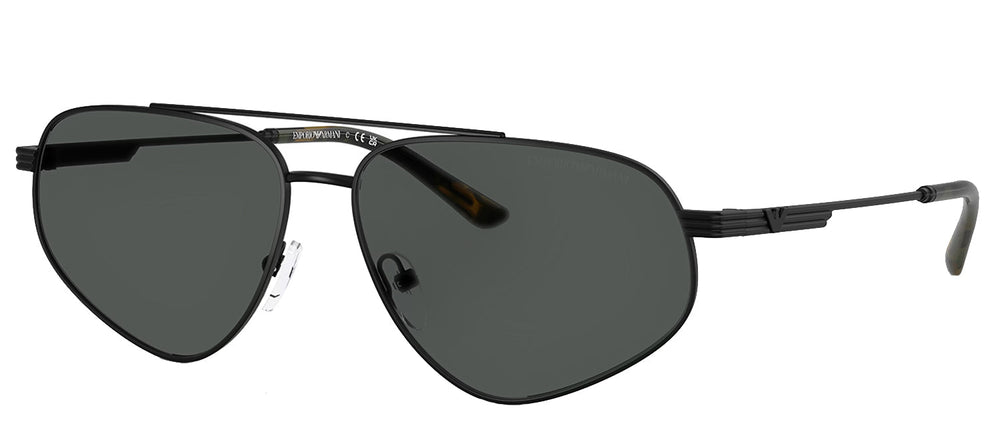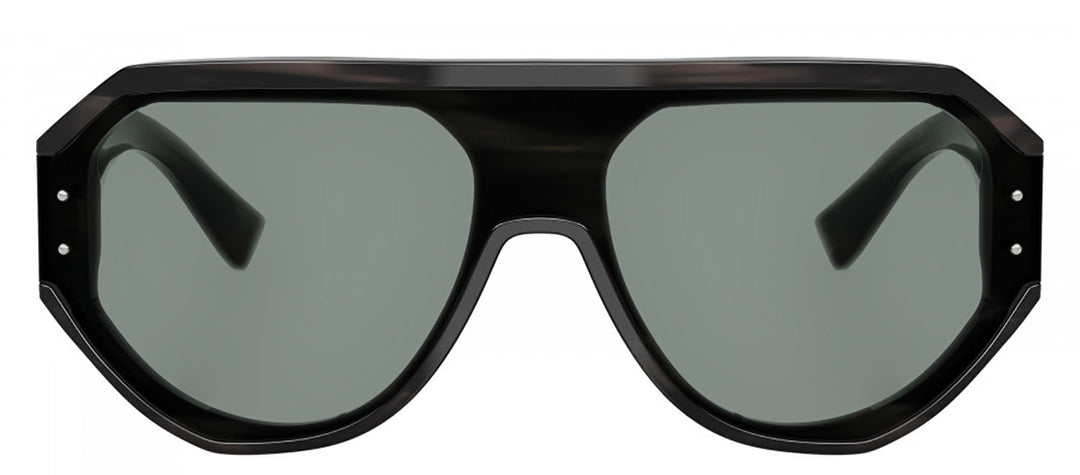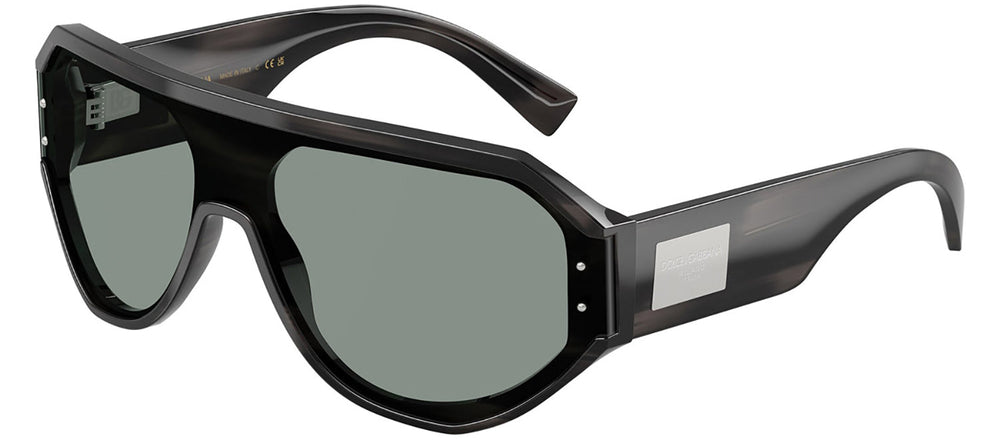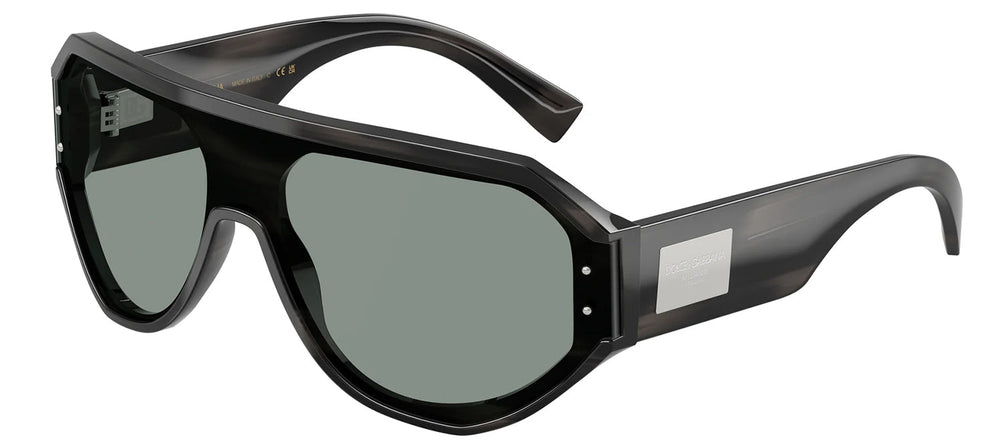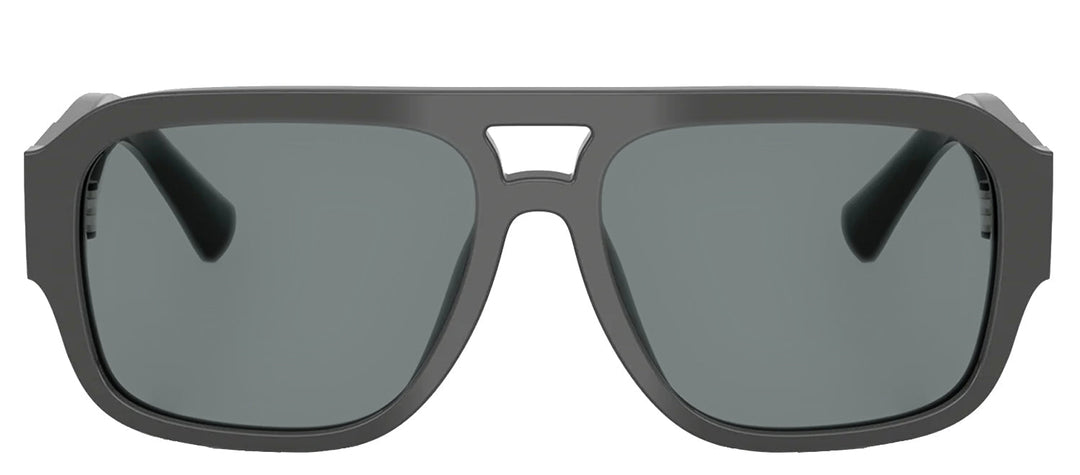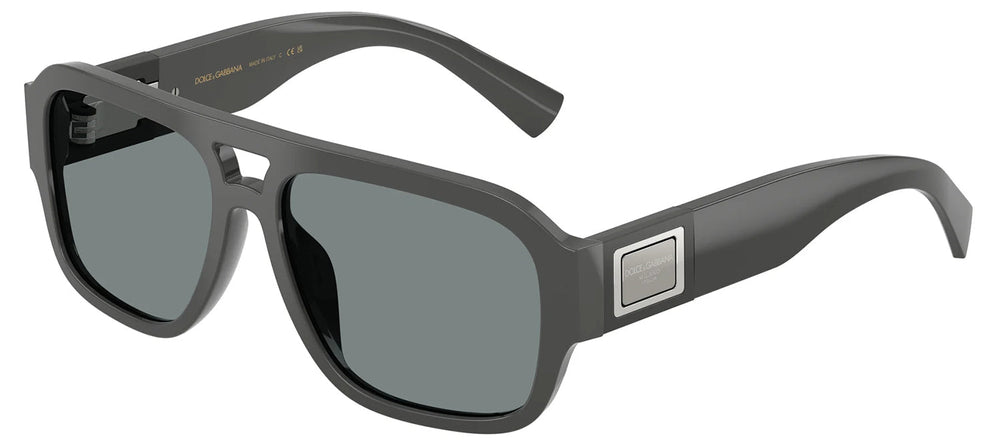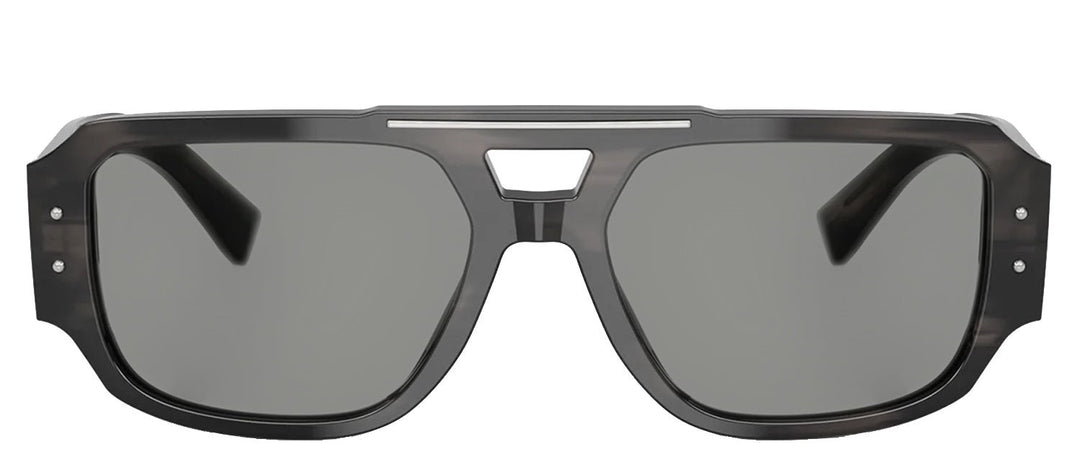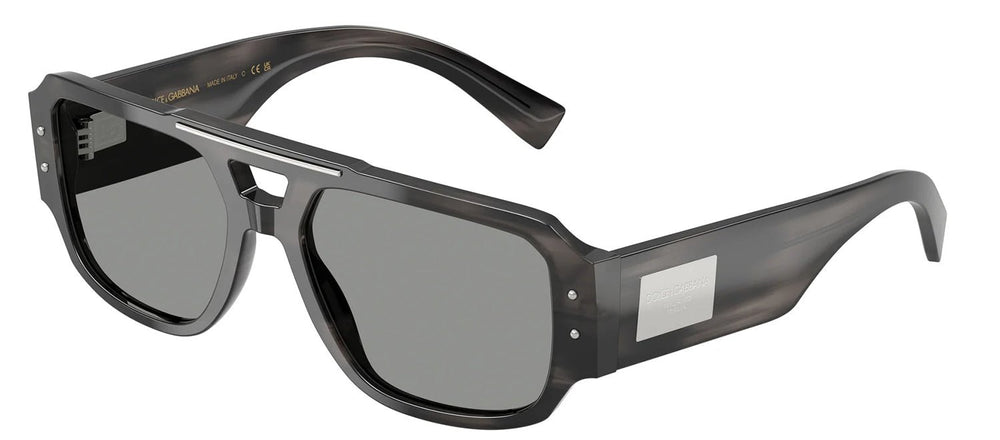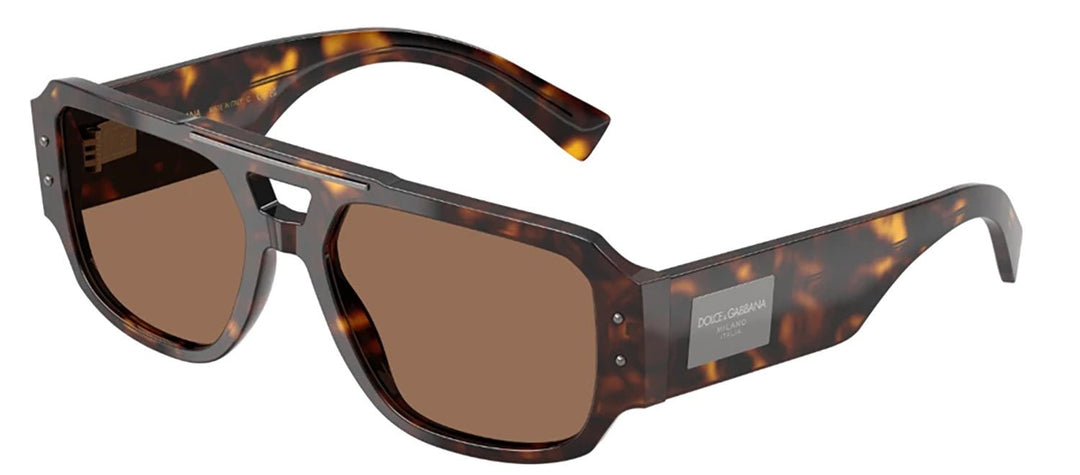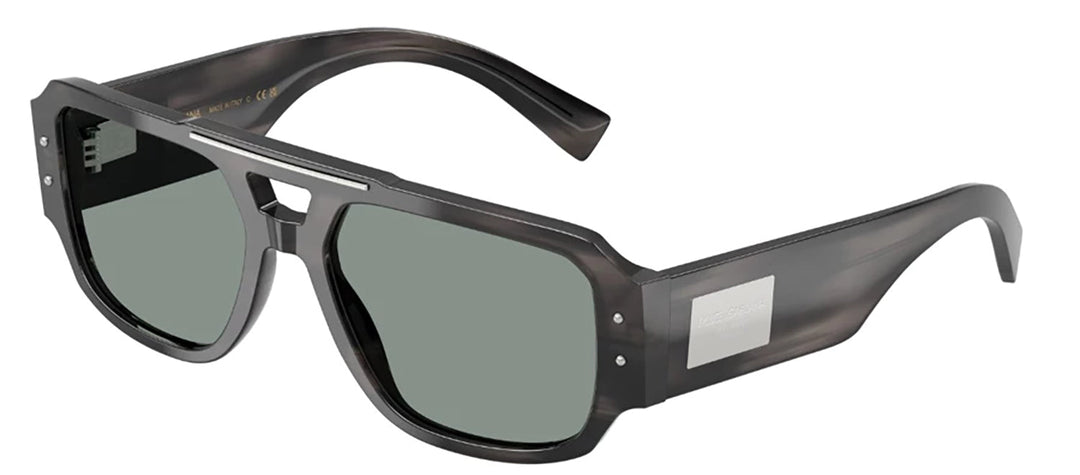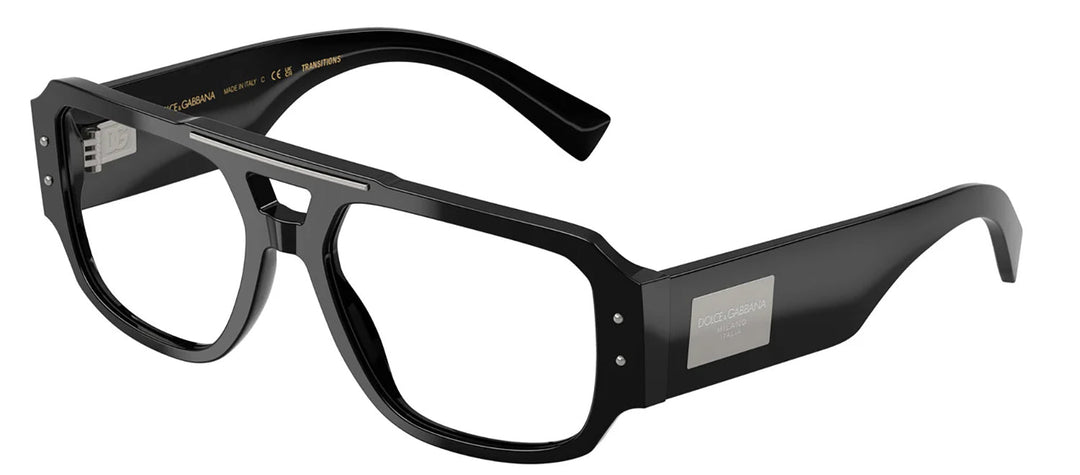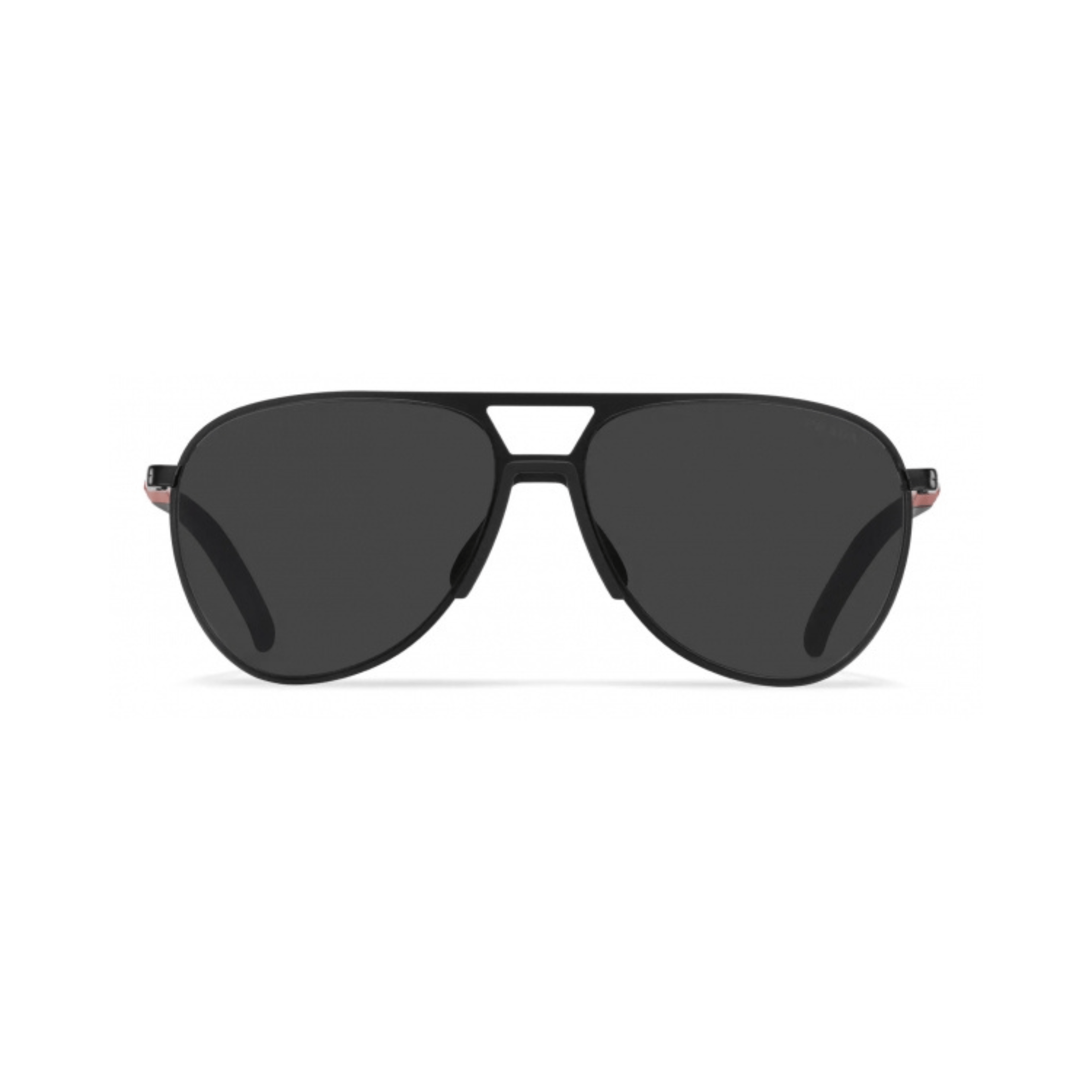
Designer Pilot Shape Sunglasses
Designer Pilot Shape Sunglasses on Sale: Luxury Aviator Eyewear at Outlet Prices
Step into timeless style with authentic Designer pilot shape sunglasses from the world's most prestigious fashion houses. Our curated collection features genuine eyewear from Gucci, Prada, Saint Laurent, Bottega Veneta, Tom Ford, and other luxury brands at outlet prices that make iconic style accessible. These classic aviator-inspired sunglasses combine superior craftsmanship with legendary design, offering UV protection and sophisticated appeal that never goes out of fashion. Discover authentic pieces on sale with savings up to 80% off retail prices.
Authentic Designer Pilot Sunglasses Guaranteed
Every pair of designer pilot shape sunglasses in our collection is 100% authentic and sourced from authorized retailers, optical professionals, and exclusive sample sales. We guarantee the authenticity of each piece and provide authentication documentation with every purchase. You get the same Italian craftsmanship, premium materials, and superior lens technology found in luxury boutiques and high-end optical shops, just at outlet prices that respect your budget. Shop with complete confidence knowing your designer eyewear is verified authentic.
The Enduring Appeal of Pilot Shape Sunglasses
Pilot-style sunglasses, often called aviators, are among the most iconic eyewear styles ever created. The teardrop lens shape flatters virtually every face, providing coverage that protects your eyes while creating a balanced, sophisticated look. Initially designed for function, this silhouette has transcended its practical origins to become a symbol of calm confidence worn by everyone from Hollywood legends to fashion insiders.
What makes pilot sunglasses such smart investments is their timeless nature. While trendy eyewear styles come and go, classic pilot shapes remain perpetually stylish. A quality pair from a prestigious designer brand works just as well today as it will ten years from now. When you choose authentic pilot-style sunglasses from our outlet, you're investing in a style that has proven its staying power across decades and will continue to serve your wardrobe beautifully for years to come.
Designer Quality You Can See and Feel
The difference between designer pilot sunglasses and ordinary eyewear becomes clear the moment you put them on. Premium frame materials like lightweight titanium, durable stainless steel, and acetate provide comfortable all-day wear without pressure points. Precision-engineered hinges open and close smoothly through thousands of uses. Adjustable nose pads ensure a customized fit that stays comfortable during extended wear.
Lens quality matters enormously for both eye protection and visual clarity. Designer pilot sunglasses feature optically correct lenses that eliminate distortion, 100% UV protection that shields your eyes from harmful rays, scratch-resistant coatings that maintain clarity, and color accuracy that lets you see the world naturally. Premium lens materials resist impacts while remaining lightweight. This combination of protection, clarity, and comfort justifies the investment in designer eyewear, especially when our outlet prices make luxury accessible.
Styles Within the Pilot Shape
While pilot sunglasses share the classic teardrop silhouette, designer brands offer variations that let you express individual style. Classic metal frames in gold or silver create the original aviator look with timeless appeal. Oversized pilot shapes make bold fashion statements while providing extra coverage. Smaller, more refined proportions offer contemporary sophistication perfect for those with petite features or minimalist aesthetics.
Frame finishes and details distinguish designer pieces from basic styles. Look for signature brand elements like Gucci's iconic web stripe on temples, Prada's triangle logo placement, Saint Laurent's elegant branding, or Tom Ford's T-bar detail. Tortoiseshell acetate temples bring warmth to metal frames. Matte finishes create modern, understated cool. Mirrored or gradient lenses add contemporary flair to classic shapes. These designer touches transform familiar silhouettes into pieces that truly stand out.
Lens Colors and Their Benefits
Lens color affects both appearance and functionality in pilot-shaped sunglasses. Classic gray lenses reduce brightness while maintaining accurate color perception, perfect for driving and everyday wear. Brown or amber lenses enhance contrast and depth perception, ideal for outdoor activities and sports. Green lenses provide excellent color accuracy with glare reduction, working beautifully in varied lighting conditions.
Mirrored lenses add fashionable flash while reducing glare, particularly useful around water or snow. Gradient lenses transition from darker at the top to lighter at the bottom, reducing overhead sun while allowing clear forward vision. Polarized lenses eliminate reflected glare from surfaces like water, snow, or pavement, reducing eye strain during extended outdoor wear. Many designer pilot sunglasses offer polarized options that combine superior function with iconic style.
Finding Your Perfect Fit
Pilot shape sunglasses come in various sizes to suit different face shapes and personal preferences. Standard pilot sizes work well for most people, providing balanced coverage and proportion. Large or oversized styles suit those with bigger frames or who prefer more dramatic looks and extra sun protection. Smaller pilot shapes work beautifully for petite faces or those seeking refined, less prominent eyewear.
Frame width should align with your face width, not extend far beyond your temples. The top of the frame should sit at or slightly above your eyebrows. Bridge fit matters enormously for comfort, as ill-fitting nose pads cause slipping or pressure. Most designer pilot sunglasses feature adjustable nose pads that customize the fit. We provide detailed measurements, including lens width, bridge width, and temple length, to help you choose the perfect size for your face.
Versatility Across Your Wardrobe
Designer pilot shape sunglasses work beautifully across countless looks and occasions. Pair classic metal aviators with business casual attire for polished professionalism. Wear the same sunglasses with jeans and a leather jacket for effortless weekend cool. Tortoiseshell pilot sunglasses bring warmth to summer dresses and linen shirts. Matte black frames create a sleek, modern edge with contemporary streetwear.
The beauty of pilot sunglasses lies in their ability to complement rather than compete with your style. They enhance without overwhelming, adding finishing touches to outfits ranging from casual to sophisticated. Whether you're dressed for the beach, the boardroom, or brunch with friends, quality pilot shape sunglasses from prestigious brands elevate your entire look while protecting your eyes from harmful UV rays.
Investment Value and Longevity
Designer pilot shape sunglasses represent investments that pay dividends over time. Quality construction means these pieces last for years with proper care, unlike inexpensive sunglasses that break or wear out quickly. Superior lens technology maintains clarity and protection through extended use. Classic styling ensures they never look dated or out of fashion. When you calculate the cost per wear over the lifetime of designer sunglasses, the value becomes undeniable.
Shopping at our outlet lets you access this quality at prices that make excellent financial sense. Authentic designer pilot sunglasses on sale at 50% to 80% below retail means you get Italian craftsmanship and premium materials without the luxury boutique markup. You're paying for genuine quality, not just brand prestige. The eyewear you purchase today will serve you faithfully for years, making this one of the smartest accessory investments you can make.
UV Protection That Matters
Protecting your eyes from ultraviolet radiation isn't just about comfort in bright sun. UV exposure contributes to cataracts, macular degeneration, and other severe eye conditions over time. Designer sunglasses from reputable brands provide 100% UV protection against UVA and UVB rays. This isn't just marketing language but verified protection backed by optical standards and testing.
Cheap sunglasses with dark lenses but inadequate UV protection actually harm your eyes more than no sunglasses at all. Dark lenses cause your pupils to dilate, allowing more unfiltered UV rays to enter. Authentic designer pilot sunglasses combine proper darkening with complete UV blocking, protecting your eyes while reducing glare and brightness. This combination of style and genuine eye protection makes designer eyewear essential rather than optional for anyone who spends time outdoors.
Shopping at Our Designer Outlet
Our designer pilot shape sunglasses inventory refreshes regularly as we source new pieces from authorized channels. Popular styles from sought-after brands at outlet prices move quickly through our collection. When you find sunglasses you love at these savings, acting promptly makes sense. Subscribe to our notifications to hear about fresh arrivals and special sales on luxury eyewear before pieces sell out.
We photograph each pair thoroughly, showing multiple angles including side profile, front view, and detail shots of logos and hinges. We note frame materials, lens type, and any included cases or accessories. Condition is described honestly, whether new with tags, excellent, or gently worn. Any wear or imperfections are disclosed clearly. Our 7-day return policy gives you time to try sunglasses with your typical outfits and confirm the fit works perfectly for your face shape and style.
Caring for Designer Pilot Sunglasses
Quality designer sunglasses deserve proper care to maintain their appearance and function. Clean lenses regularly with the provided microfiber cloth; never use paper products, as they can scratch. For stubborn smudges, use lens cleaner specifically designed for optical products. Rinse frames occasionally with lukewarm water to remove accumulated oils and debris, then dry with a soft cloth.
Store sunglasses in their protective case whenever you're not wearing them. This prevents scratches, protects frames from accidental damage, and keeps nose pads clean. Never leave sunglasses in hot cars, where extreme temperatures can damage lens coatings and warp frames. Handle glasses by the frames rather than pulling on one temple, which can loosen hinges over time. If screws loosen, tighten them promptly or take them to an optician for adjustment. With mindful care, your designer pilot shape sunglasses will look pristine and protect your eyes perfectly for many years.
Yes, every pair of designer pilot shape sunglasses we sell is 100% authentic and guaranteed genuine. We source all eyewear from authorized optical retailers, fashion industry professionals, and verified sample sales. Each pair includes authentication documentation and original packaging where available.
We stand behind the authenticity of every piece, so you can shop with complete confidence knowing your designer sunglasses are real, not imitations or replicas.
Absolutely. All authentic designer pilot shape sunglasses from reputable brands provide 100% UV protection, blocking both harmful UVA and UVB rays. This protection is built into the lens material and coatings, not just added as a surface treatment.
Designer brands adhere to strict optical standards ensuring your eyes receive genuine protection from sun damage. We never sell sunglasses that lack proper UV protection, as eye safety is just as important as style.
Pilot sunglasses come in various sizes to suit different face shapes. Standard sizes work well for most people, providing balanced proportions. If you have a larger face or prefer more coverage, choose oversized styles.
For petite features, smaller pilot shapes offer better proportion. Frame width should align roughly with your face width without extending far beyond your temples. We provide detailed measurements including lens width, bridge width, and temple length for each pair to help you choose correctly.
Clean lenses regularly with the provided microfiber cloth, never paper products that can cause scratches. For stubborn smudges, use optical lens cleaner. Rinse frames occasionally with lukewarm water to remove oils and debris.
Always store sunglasses in their protective case when not wearing them to prevent scratches and damage. Avoid leaving them in hot cars where extreme temperatures can harm lens coatings. Handle glasses by the frames rather than pulling one temple.
With proper care, your designer pilot sunglasses will maintain their appearance and function for many years.
Pilot shape sunglasses, originally designed for aviators in the 1930s, have remained stylish for nearly a century because their teardrop silhouette flatters virtually every face shape and works across all style aesthetics. Unlike trendy eyewear that looks dated quickly, classic pilot shapes transcend fashion cycles and work equally well with casual jeans or tailored suits. Designer versions from prestigious brands add quality construction and premium materials that ensure these sunglasses look just as relevant decades from now as they do today, making them true investment pieces.
Looking for something else?
Try these popular collections


